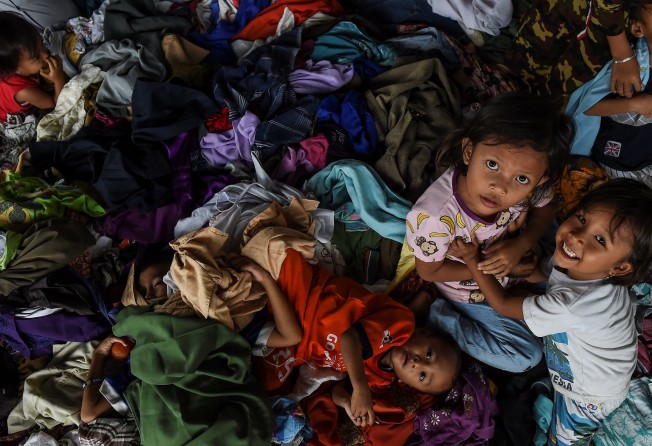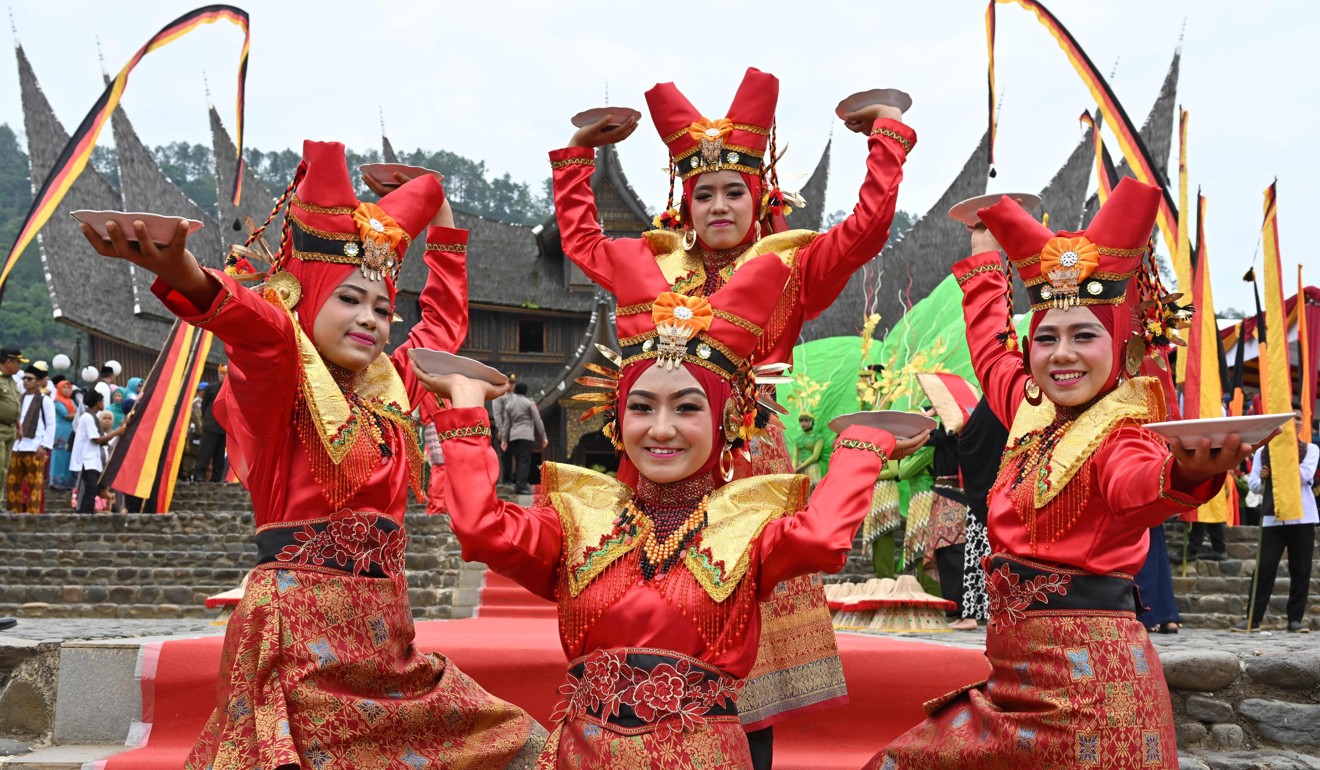
Rendang: the Indonesian staple bringing comfort to survivors of the tsunami
- Rendang – a traditional dish from the Southeast Asian archipelago – has been called upon by relief agencies and pilgrims alike for its long shelf life

In the early hours of Friday morning, a truck left the city of Padang in West Sumatra carrying hundreds of packets of beef rendang – a traditional dish from the Indonesian province slow-cooked in coconut milk and spices.
By Saturday, 1.3 tonnes of the staple should reach the neighbouring province of Lampung, which last weekend was smashed by a killer tsunami that also hit the west coast of Java. Altogether, 426 people died in the disaster and more than 40,000 were displaced – many now living in evacuation shelters.

The rendang donation drive was organised by the West Sumatra Disaster Mitigation Agency because, as its head Erman Rahman puts it, displaced people need food but are not necessarily able to cook it.
“Maybe only Indomie,” he said, referring to a popular brand of instant noodles. “So we have chosen to send them rendang. It can be eaten for the next three weeks to a month without having to be reheated.”
The foodstuff – a staple for most Indonesians that has twice claimed the top spot in CNN’s annual run down of the world’s 50 best foods – was donated by agency staff, local residents and shops in Padang such as Rendang Asese and Kripik Balado Shirley, which are popular with tourists looking for edible souvenirs. It is the dehydrated version – with all water removed – unlike other rendang that come with a rich gravy.

This is not the first time that the West Sumatra Disaster Mitigation Agency has used the versatility of rendang to its advantage.
About 800 kilograms were sent to the tourist island of Lombok after an earthquake hit it in August, leaving more than 100 people dead. Then, a month later, about 1.1 tonnes were sent to Palu after an earthquake and tsunami reduced large parts of the city on the island of Sulawesi to debris. More than 3,000 people died and an estimated 220,000 were displaced.
Food entrepreneur and cookbook author Reno Andam Suri, who sells her own brand of the dish called Rendang Uni Farah from her home in Tangerang, near the Indonesian capital of Jakarta, said West Sumatra is known for “rendang that lasts”.

The Minangkabau people of West Sumatra have even been known to take rendang with them on long journeys outside of the province, she said.
“People who went on the haj [a pilgrimage to Mecca] in the old days would go by ship and this would take months, and they would carry rendang with them. So they’ve tested it, that rendang can be eaten little by little and the remainder won’t go stale.”
She agreed that it was a good dish to send to disaster victims, given its many fans – though donors should consider the preferences of the people they are helping.

How rendang is prepared varies across the archipelago. Those in central Java, for instance, prefer their rendang to be served with a thicker gravy, while those in the city of Yogyakarta might enjoy a dish that is sweeter, she said.
However, Reno says she believes the rendang sent to victims of the recent tsunami will have its spice levels adjusted to an “acceptable” degree.
Anak Krakatoa, which sits in the middle of the Sunda Strait between the islands of Java and Sumatra, erupted in the early hours of Saturday morning, causing a section of its volcanic crater to collapse and slide into the ocean – triggering the massive wave which caused such devastation and death.
Additional reporting by Agence France-Presse